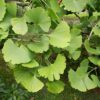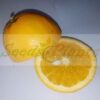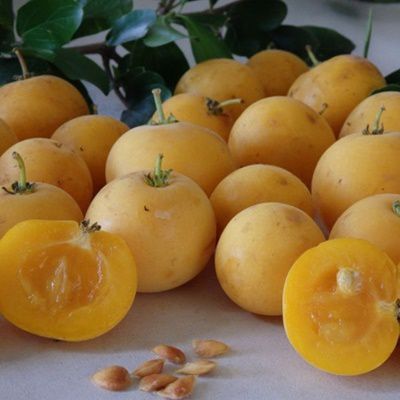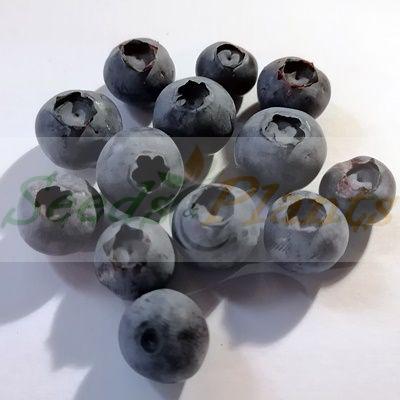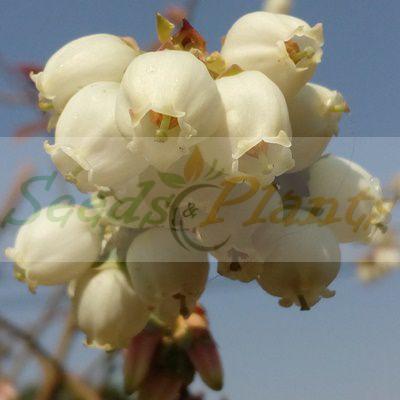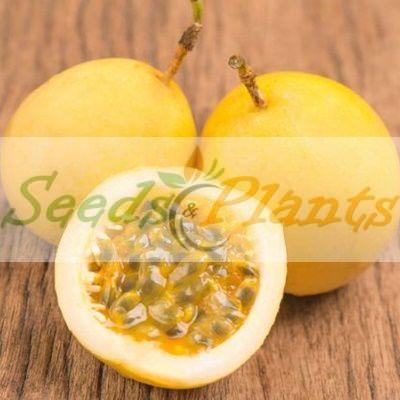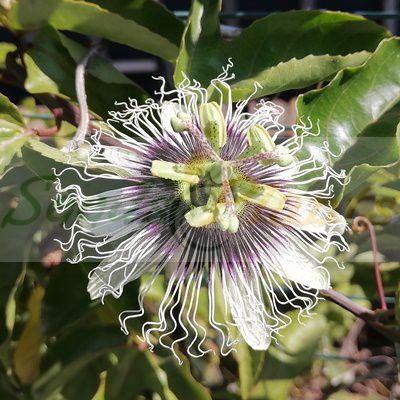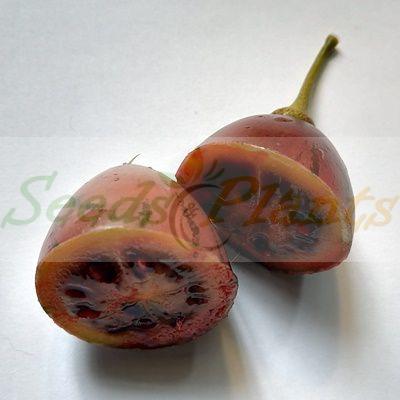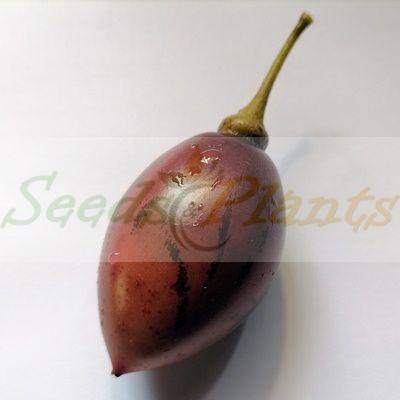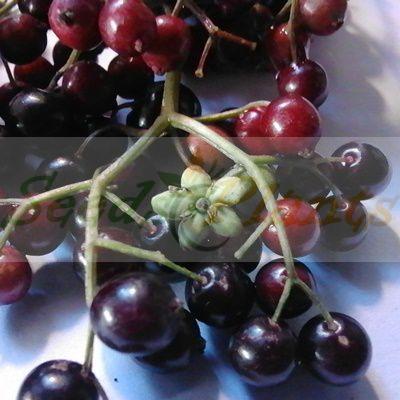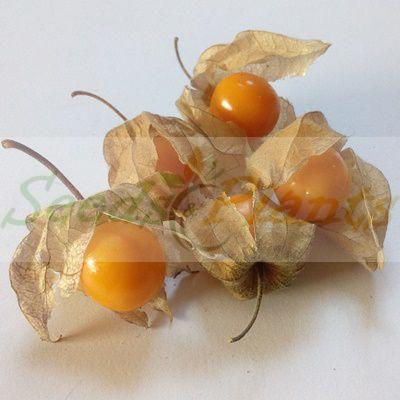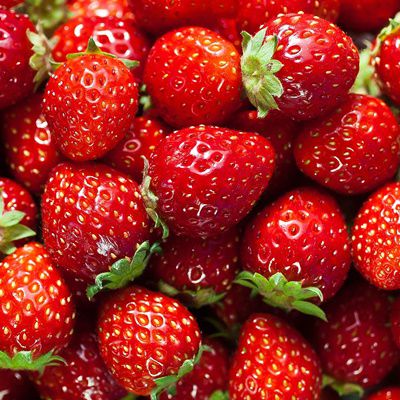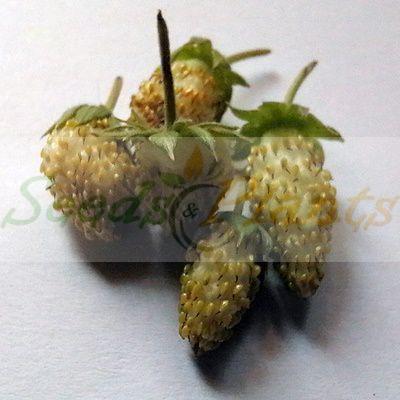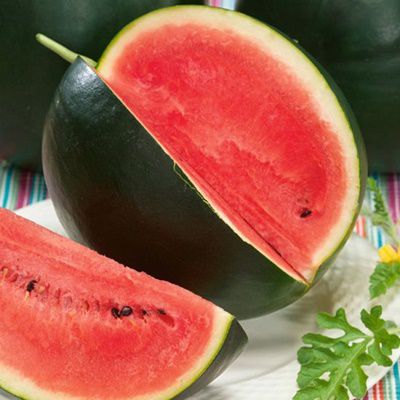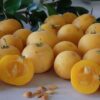🍒 Fruit Quick Facts
Fruit Info
- 🌍 Origin / Region: Southern Africa
- 🍽️ Culinary Use: Desserts, Jams and Jellies, Juices and Syrups, Liqueurs/Wines, Pickling, Porridge
- 🥗 Edible Part: Fruit
- 😋 Flavor Profile: Tangy, Tart
Growth Traits
- 🌱 Life Cycle: Perennial
- 🌾 Plant Type: Shrub, Tree
- 🔁 Fruiting Needs: Needs Male & Female Plants
- 🪴 Growth Habit: Sprawling, Spreading, Upright
- 🌸 Flower Color: Creamy Green
- 📏 Mature Height: 3-5m
- 🦋 Pollinator Method: Attracts Bees, Attracts Butterflies
Growing Requirements
- 🌞 Sun Exposure: Full Sun, Partial Shade
- 💧 Water Needs: Avoid Overwatering, Moderate Water
- ☀️ Growing Conditions: Cold Tolerant, Drought Tolerant, Frost Tolerant, Heat Tolerant
- 🟤 Soil Preference: Loam, Sandy, Tolerant of most soils, Well-Drained
Kei Apple – 10 Seeds
(Dovyalis caffra)
R30.00
Kei apples are customarily made into jam and jelly, and, when under-ripe, pickles.
Indoor Sowing: Spring.and Summer.
Direct Sowing: Spring and Summer.
Out of Stock
Email me when the product is back in stock.
🍒 Fruit Quick Facts
Fruit Info
- 🌍 Origin / Region: Southern Africa
- 🍽️ Culinary Use: Desserts, Jams and Jellies, Juices and Syrups, Liqueurs/Wines, Pickling, Porridge
- 🥗 Edible Part: Fruit
- 😋 Flavor Profile: Tangy, Tart
Growth Traits
- 🌱 Life Cycle: Perennial
- 🌾 Plant Type: Shrub, Tree
- 🔁 Fruiting Needs: Needs Male & Female Plants
- 🪴 Growth Habit: Sprawling, Spreading, Upright
- 🌸 Flower Color: Creamy Green
- 📏 Mature Height: 3-5m
- 🦋 Pollinator Method: Attracts Bees, Attracts Butterflies
Growing Requirements
- 🌞 Sun Exposure: Full Sun, Partial Shade
- 💧 Water Needs: Avoid Overwatering, Moderate Water
- ☀️ Growing Conditions: Cold Tolerant, Drought Tolerant, Frost Tolerant, Heat Tolerant
- 🟤 Soil Preference: Loam, Sandy, Tolerant of most soils, Well-Drained
The Kei apple (Dovyalis caffra) grows in valley bushveld, dry areas, wooded grassland, on forest edges, from Eastern Cape through KwaZulu-Natal to Swaziland, into Limpopo [Northern Province] and Zimbabwe.
Common names: Kei-apple (Eng.); Kei-appel (Afr.); motlhono (North Sotho); umqokolo (Zulu); amaqokolo (Ndebele); mukokolo (Shona)
It is an evergreen tree or spiny shrub of moderate growth rate that may be planted close together to form a good hedge. The branches are heavily armed with long, sharp, straight spines (thorns), which contribute to its dense, intertwined, bramble-like nature when planted as a hedge or thicket. It usually grows 3-5 m in height, but sometimes reaches 8m with a much branched crown.
The plant is dioecious, meaning you need separate male and female plants for fruit production. One male plant can effectively pollinate around 30 female plants. Creamy green flowers form in November to December. Male flowers are 3 mm long in dense clusters of 5-10 flowers. Female flowers are found in groups of up to three on stalks 4-10 mm long in leaf axils. The fruits are up to 60 mm in diameter and are yellowish-orange in color.
The leaves are used as fodder (bulk feed for livestock). The fruits are edible, and make excellent jam and jelly, and, when under-ripe, pickles.
Indoor Sowing: Spring.and Summer.
Direct Sowing: Spring and Summer.
- Kei apple grows best where the temperature is high. It is also found in forest having a dry season minimum temperature of about 40 C with a maximum temperature of 45 C.
- It is a drought and frost-resistant species.
- In South Africa, the tree does best where annual rainfall is 1000 mm to1 700 mm.
- Kei apple is adapted to many varieties of soil, from sandy to loamy clay soils with a preference for well drained and aerated soil. However, the tree can grow well in poor soils. The tree grows well at a pH of 5, 5 to 8, 5.
- The Kei apple is easily propagated from seed. It is advisable to plant a couple of seeds, as you will need both male and female trees in order to produce fruit.
- Sow seed in seedling trays filled with river sand or seedling mix.
- The seeds must be pressed down into the sand until they are level with the surface of the sand and then covered with a layer of fine sand.
- Female trees begin to bear fruit in 4 or 5 years.The fruit reaches maturity in 90 days from full flower opening.
Can this plant be grown as a shrub or a tree?
Kei Apple can be maintained as a shrub with pruning, or allowed to grow into a small tree depending on growing conditions.
Can this plant be used for culinary purposes?
Kei Apple is traditionally used for culinary purposes such as desserts and jams and jellies.
Disclaimer
Medicinal Information:
All medicinal information on this website is for educational and informational purposes only and may not be construed as medical advice. The information is not intended to replace medical advice or treatment offered by healthcare professionals.
Seeds, Plants, Plant Cuttings, Geophytes and Dried Herbs:
In some countries and provinces, certain plants are deemed as invasive and are not allowed to be planted at all, whilst some plants are allowed to be grown only in certain areas or provinces. The onus is on you as the buyer to familiarize yourself with the regulations pertaining to your location, before purchasing any of our seeds, plants, plant cuttings, geophytes or dried herbs. We will not be held liable, should you purchase any seeds, plants, plant cuttings, geophytes or dried herbs. from us which are prohibited in your country or province.

